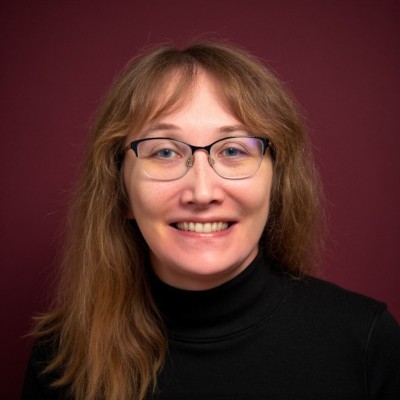
daily dose of research
The Shame of the NationKozol
2006
Demonstrates the extreme educational inequities in the United States.

featured contributor
Julia Valenti
A School of Our Own by Samuel Levin and Susan Engel is one of the most unique books I’ve ever read. Levin chronicles his experience as a high school student who is assigned a passion project on gardening — which overtime develops into a full fledged student-led high school that he leads. His mother, Dr. Susan Engel, is a leading child psychologist who in her own right, is one of the best progressive educators I’ve read. (see our interview with her, as well as our previous book recommendation, The End of the Rainbow.) Hearing a high schooler’s perspective, combined with the expertise of a post-graduate education specialist, is as interesting as it is informative.
The work aims to legitimize the issues that high schoolers face, as well as provide a powerful message on how to take action at one’s school (student or otherwise!)
Levin states,
“High school isn’t so bad. But when it comes to educating the next generation, not so bad is terrible. It has become something like a waiting room at a train station, a place for kids to hang out and pass the time on their way to somewhere else ostensibly more important, desirable, and interesting — adulthood. It is necessary, but not especially appealing or meaningful in its own right.”
Levin is a student who’s jaded toward high school — he sees his peers as disengaged and disheartened (something I can relate with as a high school instructor.) Students have had their creativity killed, or at least diminished, and feel that school isn’t worthwhile. It isn’t that Levin does poorly academically, or acts out of line — he’s like the millions of young people who go through the motions every day.
The only exception is his “passion project.” Students at Levin’s school were given a small amount of time to work on whatever they’d like each day. His first foray was Project Sprout — initially a community garden to promote local foods (which grew to a 12,000 acre farm by the time Levin graduated.) Soon after starting the project, Levin realized that his friends were incredibly engaged — leading to the obvious question: if this works, why aren’t schools spending more time on experiential learning? As Engel explains,
“The paradox here is that most parents and teachers readily agree that by the time our kids are somewhere around twenty years old, it’s imperative that they can make wise decisions, use their time well, choose worthwhile pursuits, and take good care of themselves. In other words, we want them to be independent. Yet, strangely, as Sam began to notice during his junior year, we want them to acquire all of those skills without giving them much practice at any of it…”
So Levin shifts his passion project: they’ll still promote Project Sprout — but they’ll also develop a framework for an entirely new “school within a school”, led, operated, and attended by students, focused on experiential learning. He sat down with his peers and starting planning classes, schedules, operations, and even pedagogy. Levin notes,
“The first, more glaring, most obvious thing missing from schools, it seemed to me, was autonomy. Students have absolutely no ownership over their own education, no real ability to choose what they learn or how to learn it. Sure, we got to choose a project here and there, or decide between modern Euro and American history, or between geometry and trig, but these are superficial choices, set within a fairly narrow and rigid box.”
As Levin narrates his story, Engel offers research to back it up. Although, to me, this isn’t the best part of the book — it’s Engel’s “calls to action” at the beginning of each chapter. Essentially, she challenges the reader — “If Sam can do it, why can’t you?” There are, of course, many barriers to creating a school from scratch — but it’s always worth a shot to keep pushing for research-backed practice. Why maintain the status quo?
“Sam’s first choice is your first step too. Come home one day and say, ‘This is not acceptable.’ Whether you’re a student, parent, teacher, principal, or community member, starting a new high school begins with realizing you need one.”
Without spoiling the plot (notably, just having a plot in an education book is fascinating), Levin faces the same issues teachers do: having to deal with disengaged students, how will grading work?, working with non-agreeable peers, and filling out paperwork.

In my favorite example, Levin describes James — a friend who by most teachers’ accounts wasn’t a great student. He drifted from concept to concept (snowboarding, being a police officer, a film producer) seemingly at random. Levin states,
“His teachers thought these were just phases, passing fancies, a sign of his lack of seriousness. But what was really happening was that he was searching for exactly the thing he told me he wanted: more depth. He wanted to dive into something, to really grapple with it, to become an expert in it, and since he wasn’t getting that at school, he searched for it elsewhere, often finding things that didn’t quite meet his intense desire to be a master at something.”
And this is the core of the work: enable purpose-finding through student choice, experiential education, and action. Although everything isn’t perfect, letting students lead and tackle these objectives leads to greater learning outcomes then a traditional class ever would. I highly encourage everyone to read this book to see not only the benefits of progressive education, but an inspiring story from a high schooler’s perspective to take charge of our education system.